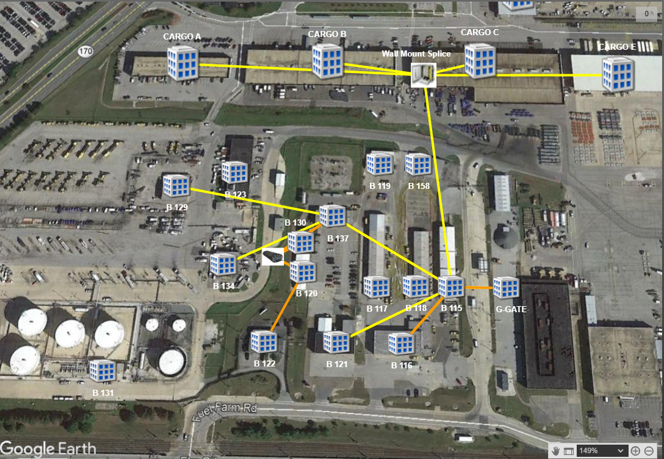
So…are you the main network person who has all of the knowledge of your company’s infrastructure and….you’re about set to sail to your golden years (and, as a pre-retirement present, your boss has tasked you to start putting everything in your brain into a solution where all of your knowledge will be retained for your replacement)? In a perfect world, you were able to give your boss a year’s notice, to have a migration plan in place…after all, you’re hard to replace.
As we’ve heard before from teams left to deal with the pieces when their trusted network genius finally leaves the roost, it’s a good plan to get the replacement (and anyone else in your department who has a stake) to familiarize themselves with the company’s fiber cabling infrastructure. I’ve seen this a lot more recently: teams are starting to plan for transitions early. Check out my last post about retiring network engineers and the impact that has on business! The last thing your organization needs is to have all of that valuable knowledge walk out the door with you!
But where to start?
Do a web search for “Fiber Plant software”, or “Outside Plant Software or OSP software” and you’ll find various software vendors pop up in the search results. But….take this to heart: not all OSP solutions are the same!
There are a variety of vendors: vendors provide an OSP solution that ranges anywhere from network documentation and cable management solutions, to ones that specialize in ESRI maps, and ones that focus primarily on the telecom industries, to other OSP tools that offer a marketing prospectus for companies to potentially see how much revenue can be made by adding fiber to a certain area or community. The cost varies, too. The prices for these solutions can range from the three figures to beyond seven figures (especially if deploying an OSS system, like GE Smallworld, and the amount of support a system requires — like hiring a full-time DBA to support such systems)!
It depends on what you need.
Not a telco? Software like netTerrain OSP , for example, might work great for you. The organizations that tend to purchase netTerrain are not telcos, per se, but organizations that have campuses, and buildings that need to be documented. Anywhere from colleges and universities, to airports, cities, and organizations with multiple buildings or stores, heck: even cruise ships, too.
 Example: netTerrain is used by the team at BWI airport to visualize the infrastructure
Example: netTerrain is used by the team at BWI airport to visualize the infrastructure
These organizations don’t need a marketing prospectus, they are flexible with the type of GIS overlay maps to use, and want something that is visually appealing, and the ability to add their own data field attributes, their own device models, or have the vendor create a new device model for them fast.
They want something where you can visually see and map out their fiber plant infrastructure with web maps like OpenStreetMap or Google Satellite, having multiple users either edit or view the diagrams, lay out their fiber pathways, ducts, and especially down to each fiber splice, manholes, poles, and the equipment inside the manholes, like fiber and splice enclosures, and where the connection terminates on the other side, say inside a LIU patch panel inside a telecom room rack. netTerrain fits the bill.
Need additional features such as creating a new circuit, based on availability of fibers between two buildings and along with it a circuit layout record diagram, with a Bill of Materials report? Need to re-splice fiber, too? netTerrain OSP provides this ability too!
You can do all of that with netTerrain and, if you have existing KML diagrams and spreadsheets that have data that you can utilize or have the connections stored in a CMDB, netTerrain simplifies bringing these in with a simple import feature.
So…if you’re not a telco (and don’t have the telco funds), check out netTerrain OSP to help you document your fiber plant infrastructure,both inside and outside plant!